Unlock The Power of Pickup
Cut shipping costs and boost cart conversions by enabling easy local pickup at checkout.
Convenience That Converts
Better for your customers, better for your bottom line.
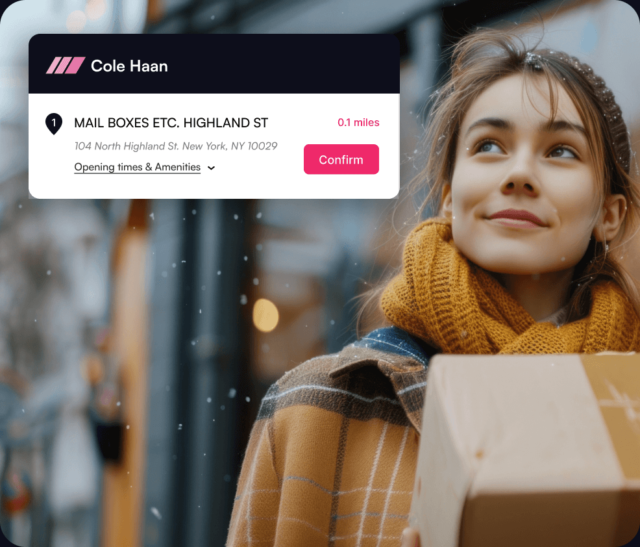
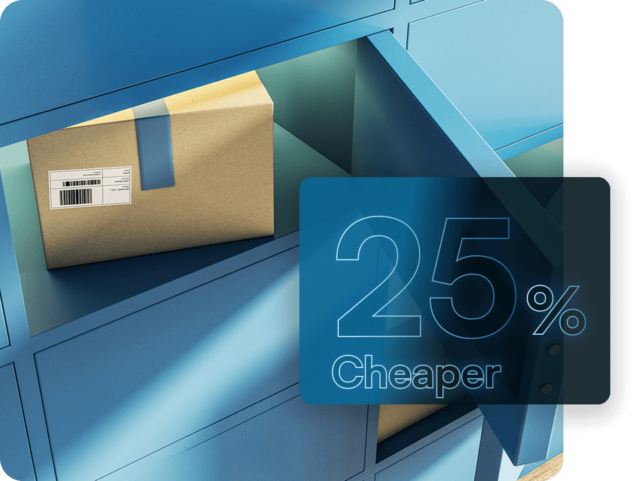
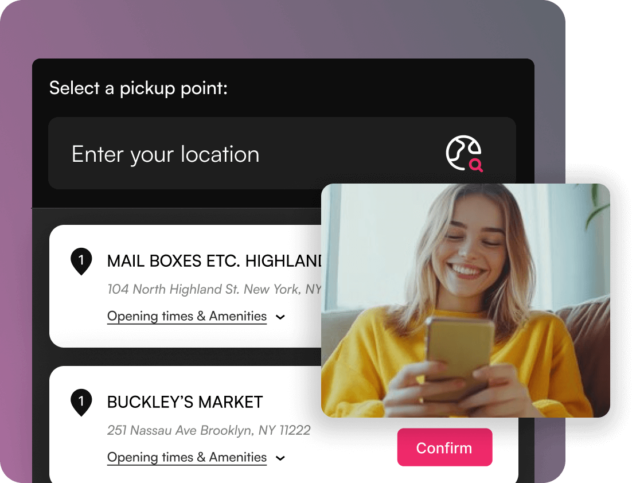
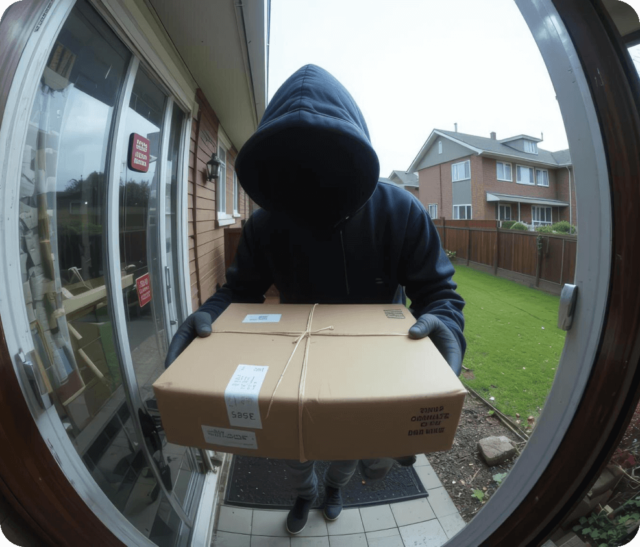


70% of shoppers want the option to choose pickup at checkout. Offering it gives you a competitive edge and reduces the risk of lost packages and cart abandonment.
Delivery to pickup points is around 25% cheaper than home delivery – with no peak-season surcharges. This makes offering free shipping – a vital incentive for 6 in 10 shoppers – more feasible.
Did you know 70% of carts are abandoned at the average online store? By giving customers the option of pickup at checkout – especially free pickup – you can cut that rate dramatically.
No more packages stolen from doorsteps and failed delivery attempts. That means happier (and more loyal) customers, better reviews and boosted reputation.
Responding to support tickets about shipping issues is a huge drain on resources. Pickup is safer, more efficient and frees up your team to focus on bigger priorities.
Pickup cuts ‘last mile’ impact – consolidating shipments, reducing road traffic and lowering emissions. Successful first attempts prevent emissions from redelivery.
HubBox in Numbers
Instantly lower cart abandonment by
5%
on average
Installation from
1-day
with HubBox easy integrations
Cut shipping costs by
25%
on average
The Easy Way to Offer Pickup at Checkout
Branded pins for easy navigation
Amenities at a glance:
Easy search


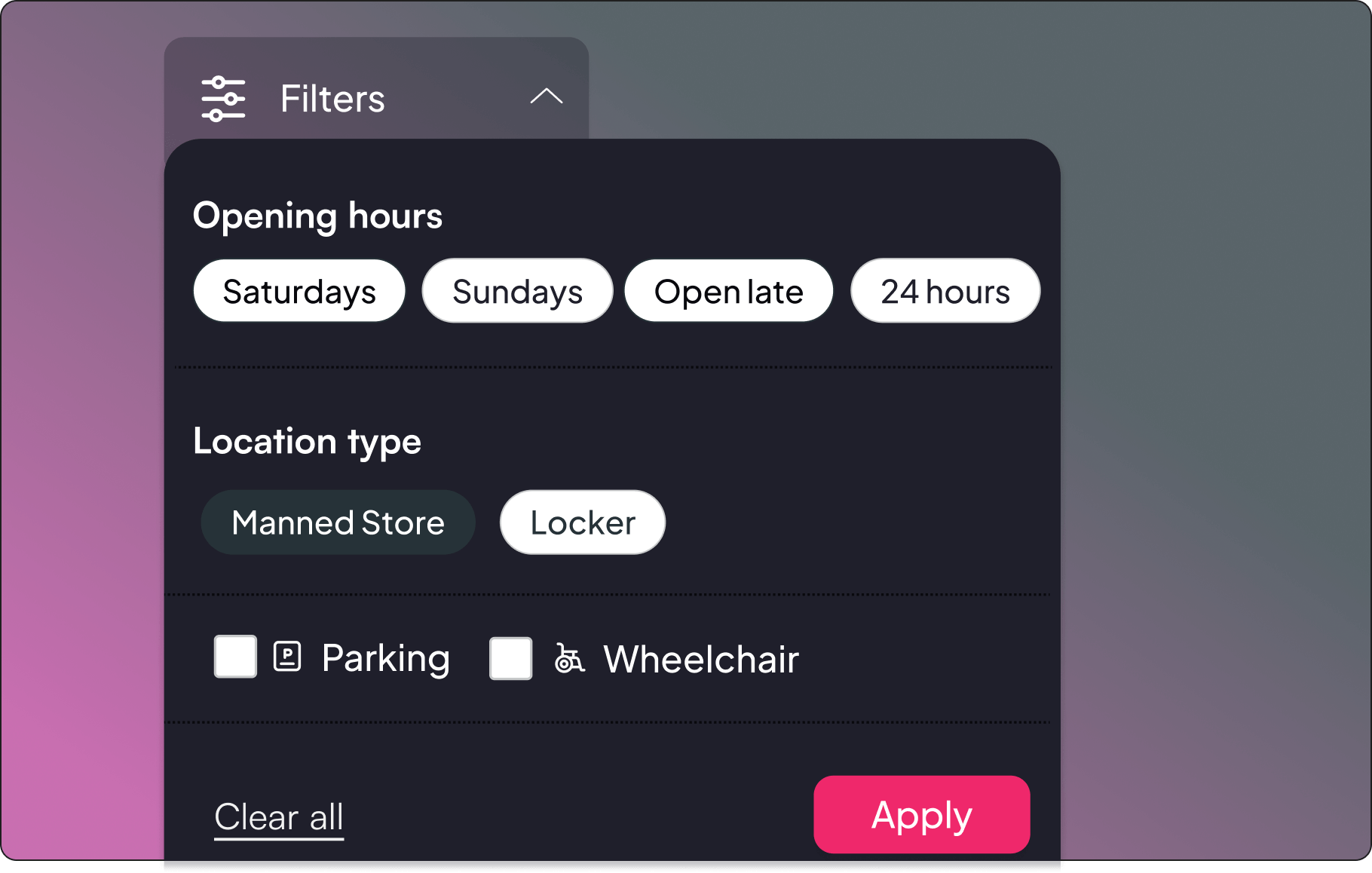
Prioritize your stores
Tailor location display
Hide pickup when needed


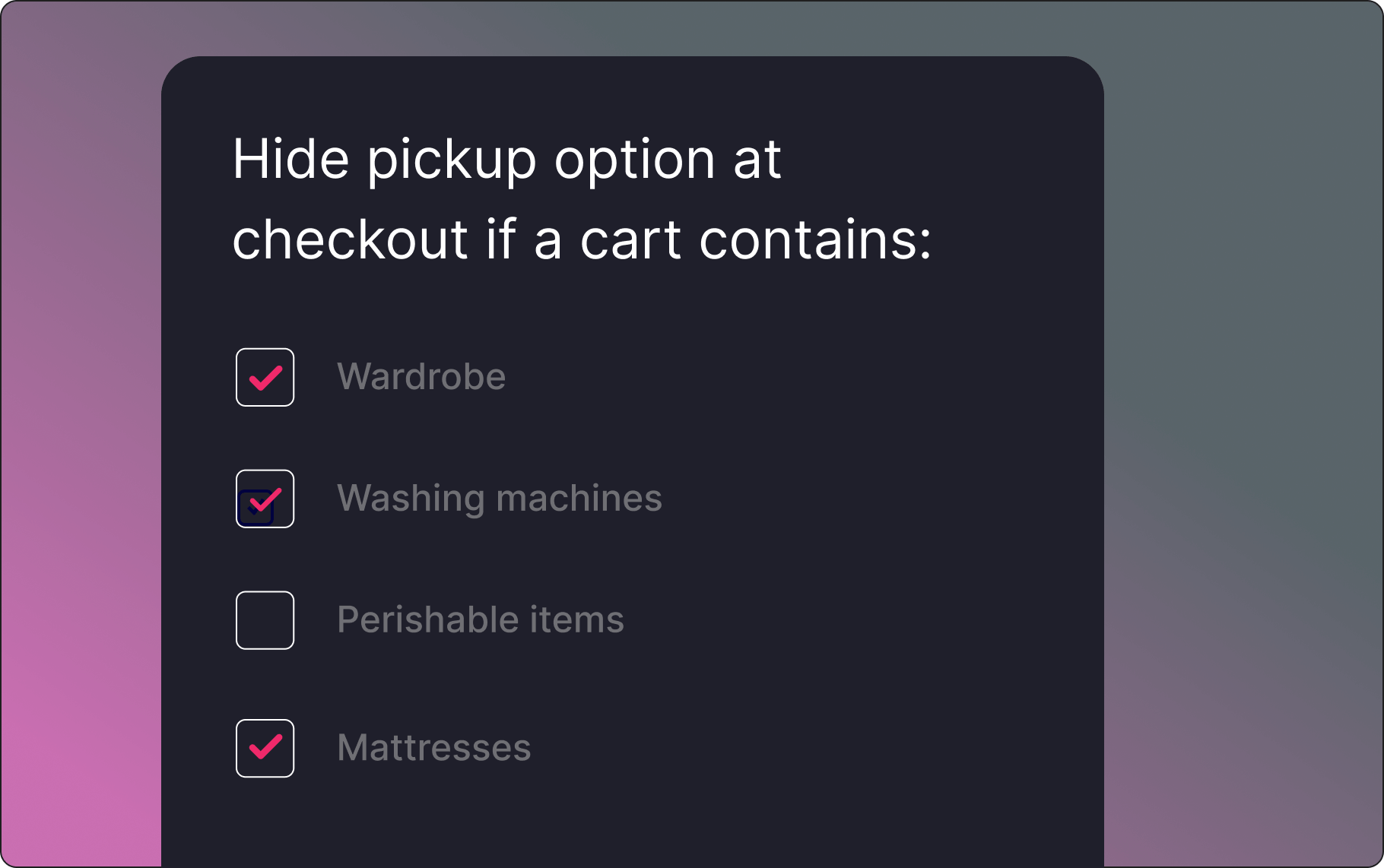
Consistent branding
Automatic discounts
Dynamic shipping rates



Premium deals
Mobile-first design
Global pickup networks



Fast, Friction-free Integration







Trusted by 1,500+ Leading Retailers Worldwide

“Our ROI from HubBox has been brilliant. Offering pickup has had a clear impact on driving higher AOV, and our customers like how simple it is to check out and collect their orders.”
Michael Boyle, Head of Digital and Marketing at Maniere De Voir

“HubBox has been great for us. We’ve seen a drop in ‘missing package’ support tickets and the design on checkout looks amazing!”
Ben Tulagan, Director of Ecommerce, at Sneaker Politics
Events, News and Insights
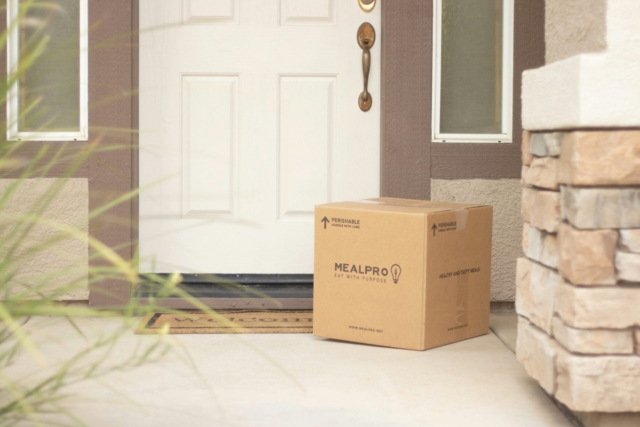
Porch Piracy: How Retailers Can Prevent Parcel Theft in 2024
Don’t let porch pirates thieve from your bottom line and your customers’ doorsteps.
Find out how to protect the parcels you send from porch piracy in this guide.
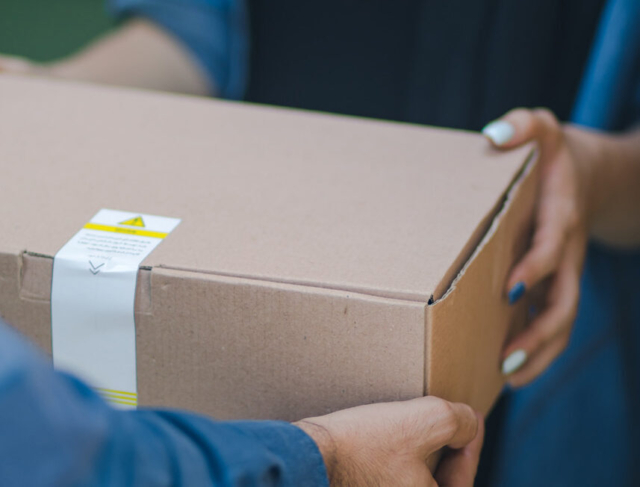
Why Pickup Points Are the Future of Ecommerce Delivery
Pickup points are becoming the delivery option of choice. We cover why retailers need to embrace this shift in ecommerce to futureproof their business.

How to Cultivate Customer Loyalty in Ecommerce
Acquiring new customers is costly, and retaining them is even tougher in competitive markets. How can you boost repeat customers and sales? Find out in this article.
